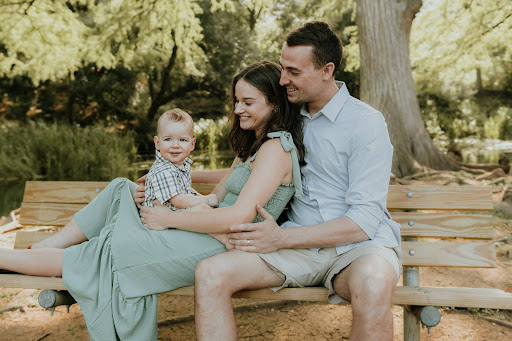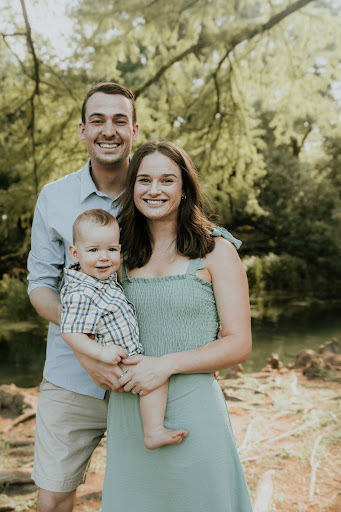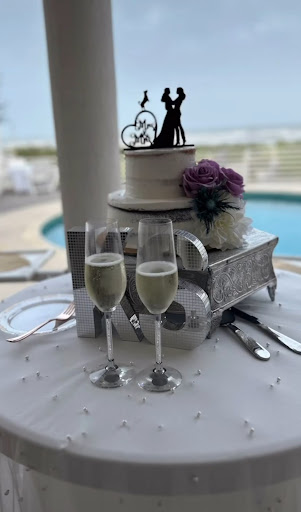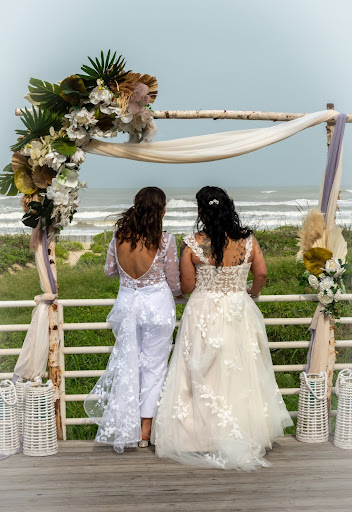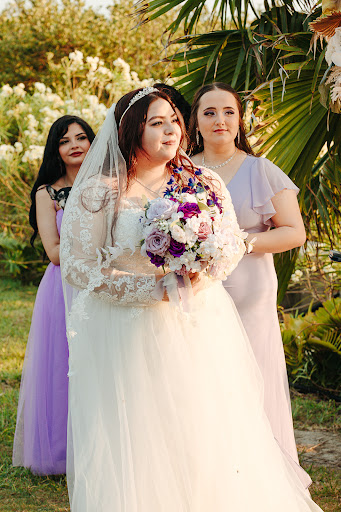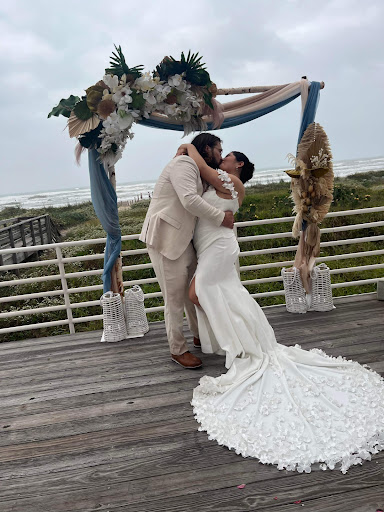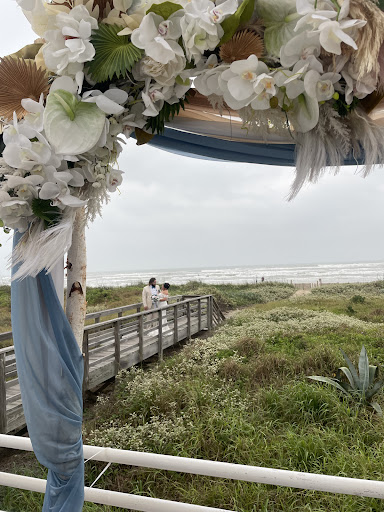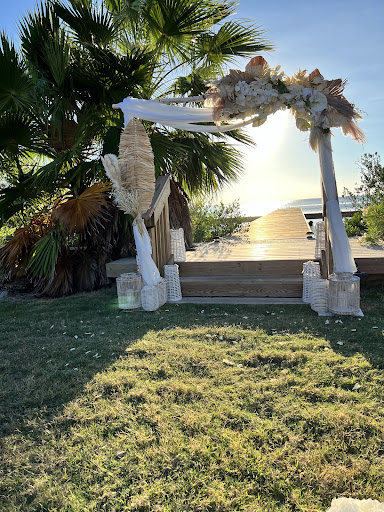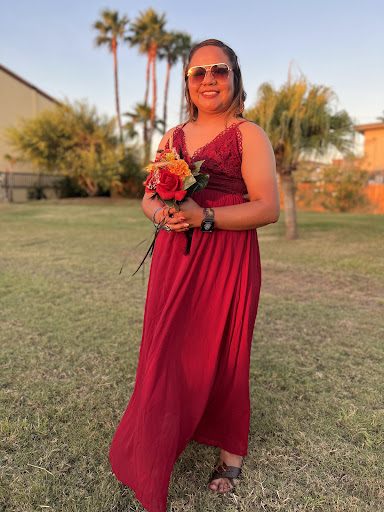It’s necessary to have a clear timeline when planning your dream wedding, from the moment you get engaged to saying ‘I do.’ This comprehensive guide will walk you through each stage, ensuring you stay organized and avoid last-minute chaos. You’ll discover key tasks, helpful tips, and reminders, allowing you to enjoy the planning process while keeping your vision intact. Let’s explore your complete wedding planning timeline for a stress-free experience that leads to the big day you’ve always imagined.
Key Takeaways:
- Timeline Creation: Establish a detailed timeline for planning activities to ensure all aspects of the wedding are covered and deadlines are met.
- Vendor Coordination: Communicate and collaborate with vendors early in the process to streamline services and avoid last-minute issues.
- Stress Management: Incorporate relaxation techniques and time for self-care to maintain a positive mindset throughout the planning journey.
Setting the Date
Your wedding date sets the tone for every planning decision you’ll make moving forward. It’s imperative to choose a date that allows ample time for preparations, while also considering your personal schedule and that of your loved ones. Once you’ve settled on a date, you’ll have a solid foundation for the rest of your wedding planning journey.
Choosing the Right Season
One of the first decisions you’ll need to make is selecting the right season for your wedding. Every season has its unique charm and set of advantages. Consider the weather, venue options, and even themed decor that align with your vision.
Considering Key Factors
Across your wedding planning journey, several key factors will influence your chosen date. Think about your budget, guest availability, and even local events that may affect venue availability. Here are some points to consider:
- Budget constraints
- Guest list size and availability
- Venue reservation timelines
- Holidays and peak seasons
Assume that each of these factors plays a role in shaping your overall wedding experience.
Considering these key factors will simplify your planning process. Whether you’re aiming for an intimate gathering or a grand celebration, these elements will help you navigate your options more effectively. Keep these points in mind:
- Venue options can vary by season
- Weather influences attire and decor choices
- Catering prices fluctuate throughout the year
- Guest accommodations may vary with seasonal demand
Assume that taking the time to evaluate these aspects now will prevent stress and last-minute changes down the line.
Budgeting for Your Wedding
Even before submerging into wedding planning, establishing a budget helps set realistic expectations. This allows you to prioritize what aspects of your wedding are most important to you, ensuring that you create a memorable day without the burden of financial stress. Consider engaging with a wedding budget worksheet to map out your total expenditure across various elements of your celebration.
Estimating Costs
Below, you will find important categories to consider when estimating your wedding costs. Typical expenses include venue, catering, attire, flowers, and entertainment. It’s advisable to research average prices in your area and create a list of preferred vendors to make informed decisions about your budget allocation.
Allocating Resources
For effective budgeting, determine how much you can comfortably spend on each wedding element. Break down your total budget into percentages for each category, ensuring you account for unexpected expenses. This structured approach allows you to prioritize spending based on your vision while avoiding financial pitfalls.
Estimating your wedding budget accurately can significantly ease your planning experience. Take the time to analyze your needs and preferences, then allocate funds accordingly. Consider setting aside a small buffer for unexpected costs, which often arise during wedding planning. This will help keep you on track and ensure that your special day reflects your style without exceeding your limits.
Assembling Your Team
Once again, it’s time to gather your support system to ensure a seamless planning process. Assembling your team isn’t just about choosing a wedding planner; it includes enlisting trusted friends and family who can lend a hand throughout the entire journey. Their assistance can help alleviate stress and bring fresh perspectives to your wedding vision, so choose those who understand your style and are keen to contribute in meaningful ways.
Selecting Vendors
By evaluating potential vendors, you can secure the important services that will help bring your wedding dreams to life. From caterers to photographers, take the time to research recommendations, read reviews, and even schedule tastings or consultations. This step is foundational, as the right vendors will not only meet your needs but also align with your theme and budget.
Involving Family and Friends
After identifying the key roles within your planning team, consider inviting family and friends to participate in this special occasion. Their involvement can range from helping choose decorations to simply being there for emotional support. Involving loved ones allows for shared memories and experiences, transforming wedding planning into a collective celebration.
Due to the multitude of tasks involved in wedding planning, engaging family and friends can lighten your load significantly. By delegating specific tasks, such as DIY projects or organizing bridal showers, you not only foster a sense of belonging but also deepen connections. Their input might offer unique perspectives that enhance your vision while allowing you to enjoy the planning process without feeling overwhelmed.
Creating Your Guest List
Keep in mind that your guest list sets the tone for your wedding. Begin by discussing with your partner who you both envision as part of your special day. Consider immediate family, close friends, colleagues, and any crucial plus-ones. Be honest about your budget and venue capacity, as these factors will play a huge role in shaping your final list.
Determining Numbers
The first step in creating your guest list is determining how many guests you can realistically accommodate. Assess your venue’s maximum capacity and make a preliminary estimate based on your budget. This number will guide your decisions and help you avoid post-planning stress. Engage in conversations with your partner to prioritize the key people whose presence you truly value.
Sending Invitations
Invitations are an crucial part of your wedding planning process. They not only inform your guests of the event details but also set the aesthetic tone for your celebration.
Even after establishing your guest list, the process of sending invitations can seem daunting. Choose a design that reflects your wedding theme and make sure to include all necessary details such as date, time, and venue. Consider whether you’ll send physical invitations or go digital for a more modern approach. Be mindful of your timeline; sending invitations 6-8 weeks in advance allows guests ample time to RSVP. Don’t forget to create a system to track responses, which will be vital for confirming your headcount closer to the wedding day.
Planning the Ceremony
Unlike other wedding planning components, the ceremony is the heart of your celebration, where you make lifelong vows in front of loved ones. To ensure a seamless experience, start by selecting a venue that reflects your style, then choose an officiant who aligns with your beliefs and vision. You’ll also want to determine the order of events, from your entrance to the final kiss, and incorporate elements that make the ceremony uniquely yours, creating unforgettable moments for you and your guests.
Ceremony Traditions
Along with your personal touches, incorporating traditional elements can add depth and meaning to your ceremony. Depending on your cultural background or family preferences, you may want to include rituals like candle lighting, handfasting, or the breaking of glass. These traditions not only honor your heritage but also enrich the emotional significance of your vows.
Personalizing Your Vows
Any couple looking to make their ceremony unique should consider personalizing their vows. Writing your own vows allows you to infuse your love story and shared experiences into your promises to each other, making the moment even more special. Personalizing not only signifies your commitment but also brings a heartfelt resonance to the proceedings.
Personalizing your vows can feel daunting at first, but it’s a wonderful opportunity to express your love authentically. Start by reflecting on your relationship, highlighting pivotal moments, inside jokes, and what you cherish about each other. You might choose a mix of humor and sentiment, ensuring it resonates with both of you. Writing from the heart makes your vows truly special, leaving a lasting impression on your partner and guests alike. Aim to keep them succinct—no longer than one to two minutes—to maintain the emotional gravity of the moment.
Reception Details
Now that you’ve tied the knot, it’s time to focus on your wedding reception. This portion of your celebration is where you can truly express your personal style and create a memorable experience for your guests. From tradional themes to modern vibes, every detail matters, so make sure you plan accordingly.
Venue Selection
Reception venues set the tone for your celebration. When choosing a location, consider the size of your guest list, the ambiance you wish to create, and the logistics of access and parking. Popular options include ballrooms, gardens, and rustic barns, each offering unique charm and flexibility for your festivities.
Menu and Entertainment Choices
Venue decisions often intertwine with your menu and entertainment choices. Selecting the right catering service is necessary to delighting your guests’ taste buds while the entertainment you choose will keep the energy alive throughout the evening.
Consequently, you’ll want to curate a menu that reflects your personal tastes, whether it’s a seated dinner or a buffet. Pair this with lively entertainment like a DJ or a live band to elevate the atmosphere. Perhaps include interactive options like a photo booth or games to engage your guests, making your wedding reception truly unforgettable.
To wrap up
Considering all points discussed, transitioning from engagement to ‘I do’ can be a seamless journey when you have a well-organized timeline in place. By breaking down each phase of wedding planning into manageable tasks, you can reduce stress and focus on the joy of your upcoming celebration. Pay attention to details, communicate effectively with your partner and vendors, and allow flexibility for unexpected challenges. Following a structured guide not only helps you stay on track but also ensures that you enjoy every moment leading up to your special day.






